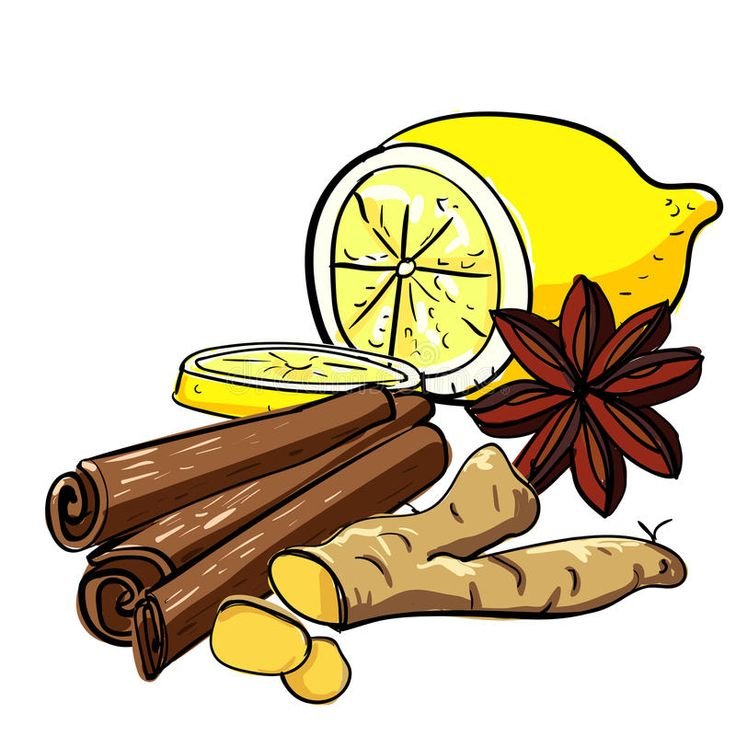
Rediscovering Ancient Wisdom for Health in a Modern World
In today’s wellness landscape, we often look toward the latest scientific breakthroughs or high-tech health products to improve our lives. However, it’s incredible how natural remedies—like those used by ancient cultures—are proving to be just as relevant today. Traditional herbal wisdom from around the world offers powerful insights into promoting well-being, even in our fast-paced, stressed-out modern society.
As someone who has studied and practiced herbal remedies, I find it fascinating how these time-honored solutions can support holistic health. From the soothing teas used by Native Americans to the purifying rituals of Ayurveda, ancient herbs reveal a treasure trove of methods that promote healing. Here, I’d like to share some of these amazing remedies that have supported people across generations. My hope is that you find something here that inspires you to integrate these herbal practices into your daily life, fostering wellness with the simple power of nature.
Read Also:
- Unlocking the Power of Traditional Chinese Medicine: How It Works and Why It Matters
- 7 Life-Changing Benefits of Ashwagandha for Holistic Well-Being Beyond Anxiety
- 10 Risks of Ashwagandha You Should Know Before Using It
- Top 5 Safe and Natural Detox Methods to Rejuvenate Your Body
The beauty of herbal wisdom lies not only in its effectiveness but also in the stories and traditions passed down through centuries. Each remedy isn’t just a plant or preparation; it’s a connection to our roots. Let’s explore these rich and effective remedies that might just help you rediscover your own path to wellness.
1. Indian Turmeric: The Golden Root of Anti-Inflammation and Detox
Turmeric: An Ancient Cure-All
Turmeric, known as “haldi” in India, has been used for thousands of years in Ayurvedic medicine. Its bright yellow root contains curcumin, a compound with extraordinary anti-inflammatory and antioxidant properties. I remember hearing a story from a friend whose grandmother would start her day with a warm cup of turmeric tea, swearing by it as a morning detox. Today, research backs this up, showing that curcumin aids in reducing inflammation, which is linked to many chronic diseases like arthritis and even heart disease.
How to Use Turmeric Today
Adding a spoonful of turmeric to soups, smoothies, or even lattes can make a surprising difference. For those with joint pain or arthritis, combining turmeric with black pepper (which helps the body absorb curcumin) might provide some relief. Some of my friends have even switched to turmeric supplements, but personally, I find freshly grated turmeric root in food to be the most satisfying.
2. Traditional Chinese Ginger: For Digestion and Immunity
Ginger: Warming and Healing
Ginger, one of the most widely used herbs in Traditional Chinese Medicine (TCM), is as flavorful as it is powerful. Used for everything from nausea to cold prevention, ginger holds a unique place in both TCM and folk medicine. I’ve always loved ginger for its warmth and comforting properties, especially in winter when I feel a cold coming on. The Chinese value ginger for digestive support and immunity, often pairing it with honey in warm tea.
Adding Ginger to Your Daily Routine
You can easily include ginger in your diet by grating it into teas, stir-fries, or soups. For those prone to motion sickness or queasiness, ginger chews are a lifesaver on the go. I’ve also tried fresh ginger juice, and let me tell you—it packs a punch! While ginger supplements are popular, I still believe fresh ginger root retains the best benefits.
3. Native American Echinacea: The Immune-Boosting Herb
Echinacea: America’s Ancient Immune Protector
The indigenous tribes of North America used Echinacea as a multipurpose remedy for infections, wound healing, and immune support. The purple coneflower is a powerhouse when it comes to bolstering immunity, and it’s still one of the go-to herbs for fighting off colds and flu. A friend once told me how her mother always prepared echinacea tea the moment someone started sneezing—she never let a cold take hold! Modern studies confirm that echinacea stimulates immune cells, making it an excellent preventative for seasonal sickness.
How to Integrate Echinacea into Your Health Routine
Whether you prefer it as a tea, tincture, or capsule, echinacea is a versatile herb. During cold season, I tend to keep some dried echinacea on hand and brew a tea with honey for added soothing effects. Taking it at the first sign of illness might just keep you healthy when everyone else is under the weather.
4. European Dandelion: A Powerhouse for Liver Detoxification
Dandelion: A Common Weed with Extraordinary Benefits
To many, dandelion is just a stubborn weed. However, in European herbalism, it’s celebrated as a powerful liver tonic and detoxification agent. I remember an herbalist sharing with me how dandelion was part of every spring cleanse in her family. From salads to teas, dandelion helps stimulate liver function, flushing out toxins and supporting digestion.
Enjoying Dandelion’s Benefits in Modern Life
From roasted dandelion root coffee to fresh greens in salads, incorporating dandelion is easier than it seems. If you’ve never tried it, dandelion root tea has a bitter, earthy flavor I’ve grown to love—perfect for a post-holiday detox. If that’s too bold, try mixing it with other herbs to mellow the taste.
5. Egyptian Chamomile: Relaxation and Sleep Aid
Chamomile: Ancient Egypt’s Answer to Stress and Sleep
In ancient Egypt, chamomile was prized as a sacred herb used in rituals, beauty routines, and healing practices. Known for its calming effect on the nervous system, chamomile is still a top choice for those seeking relaxation or help with sleep. My grandmother, an insomniac, swore by chamomile tea, and as a child, she would prepare it for me whenever I had a stressful day. Chamomile’s gentle sedative effects make it an excellent choice for anyone struggling with anxiety or poor sleep quality.
How to Embrace Chamomile for Calm and Rest
Chamomile tea, brewed fresh, is perhaps the easiest and most enjoyable way to wind down in the evening. Chamomile extracts are also available if you need something stronger, but in my opinion, nothing beats the soothing ritual of steeping a fresh tea bag. Try combining it with lavender or lemon balm for extra relaxation benefits.
6. The Brazilian Acerola Cherry: A Boost of Natural Vitamin C
Acerola Cherry: A South American Superfruit
The acerola cherry, a vibrant red fruit from the Amazon, is packed with natural vitamin C—much more than you’d find in an orange! In Brazil, people eat it fresh, blend it into smoothies, or take it as a juice for an immunity boost. A Brazilian friend once told me how she grew up eating these fruits regularly, and she rarely ever fell ill. In addition to immunity, acerola supports skin health, energy levels, and antioxidant defense.
Including Acerola in Your Health Routine
You might find acerola powder or juice at health food stores. I love mixing the powder into my morning smoothie; it’s a tasty, tangy kick-start to the day! Acerola supplements are also popular for those who want to ensure they’re getting enough vitamin C in their diet.
7. African Baobab: A High-Fiber, Nutrient-Dense Fruit
Baobab: The African Tree of Life
The African baobab tree, also called “the tree of life,” produces fruits with high fiber, vitamin C, and antioxidant content. Known for aiding digestion and energy levels, baobab is often added to drinks and foods in African cultures. Baobab powder, with its tangy flavor, is a modern way to enjoy this age-old fruit, which I think is perfect for smoothies and yogurt. Its benefits extend beyond health; the baobab tree holds significant cultural value in African storytelling and art.
How to Add Baobab to Your Diet
You can try baobab powder in smoothies, oatmeal, or energy bars. High in prebiotic fiber, it’s especially beneficial for gut health, and it’s become a staple in my morning routines. Baobab supplements are also available, but I prefer to experience its full flavor in a smoothie or drink.
Read Also
- Serenity Now: Proven Techniques for Lasting Stress Relief
- Pure Vitality: Your Guide to Safe Detox and Rejuvenation
- Restful Nights: Your Guide to Deep, Restorative Sleep
- How to Treat Dry Skin in Winter: Dermatologist-Approved Tips for Healthy, Hydrated Skin
- Morning vs. Night Skincare Routines: What’s the Difference?
Finding Healing in Ancient Wisdom
Ancient herbal wisdom offers far more than temporary relief—it connects us with traditional cultures and encourages us to slow down and appreciate nature’s offerings. From managing stress with chamomile to enhancing immunity with echinacea, these remedies provide us with simple, effective ways to take care of our bodies and minds.
Incorporating these herbs and practices is a powerful way to honor the natural world and bring balance back into our daily lives. If you’re inspired, try adding one or two of these remedies into your routine, allowing ancient wisdom to work its magic in a modern way.

















